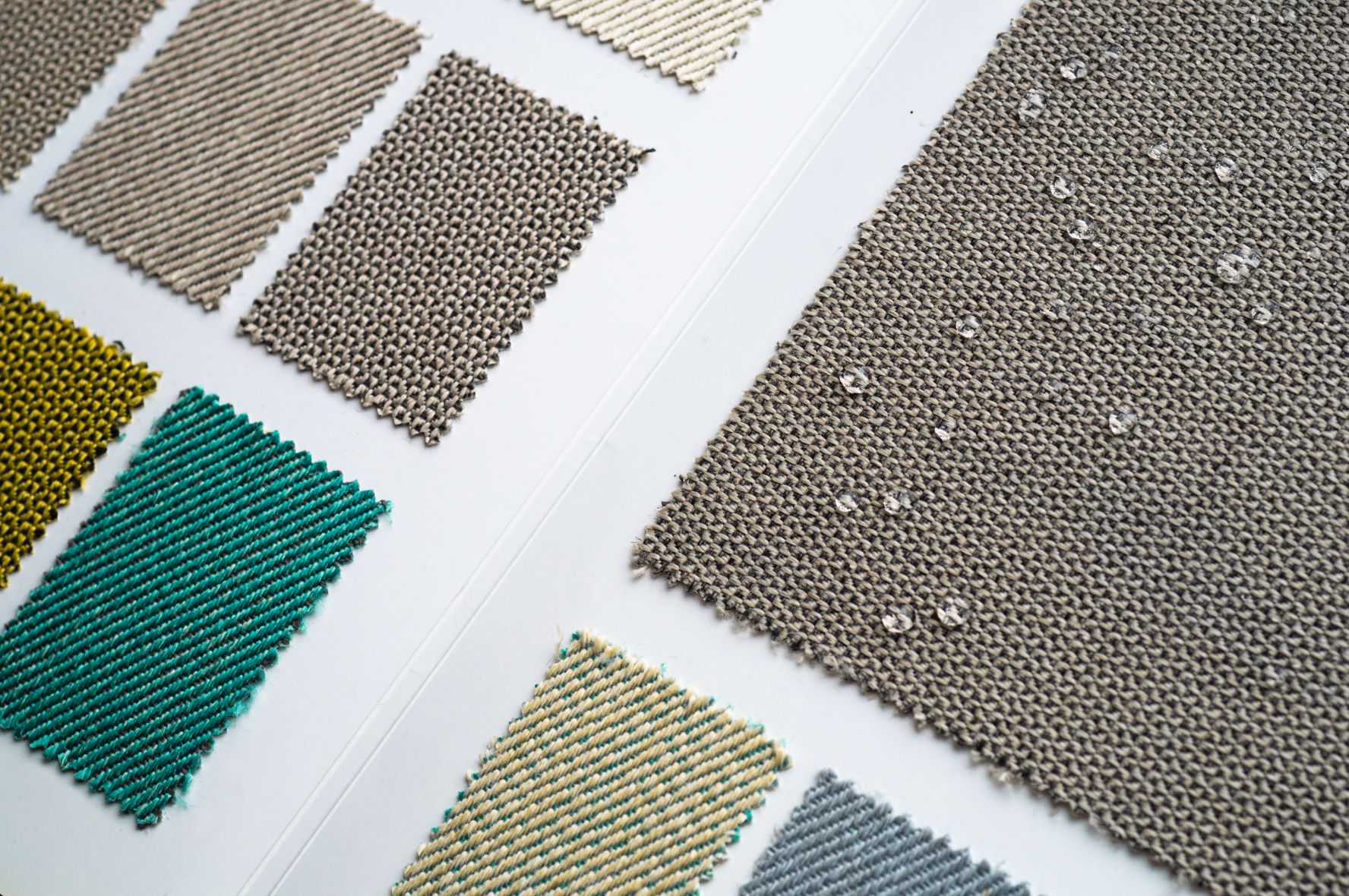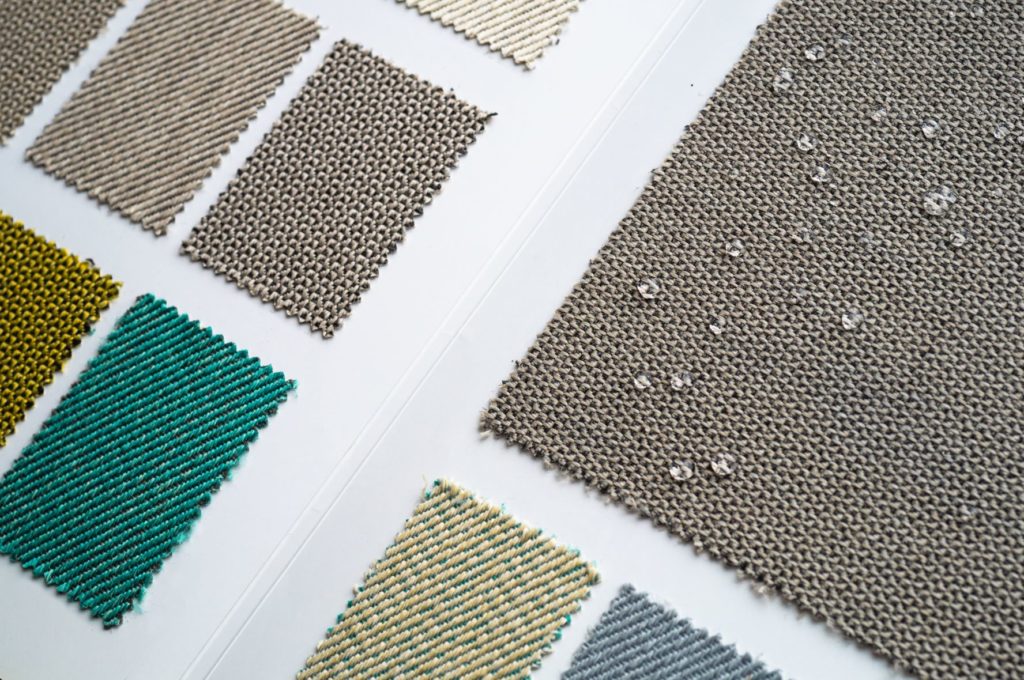
Anti Bacterial Paints
Antibacterial paints have a variety ingredients to combat microbial proliferation. They often contain a film-forming Polymer, which can be anywhere from twenty to sixty percent. Alternate amounts of antimicrobial pigments can be found in a range of twenty-five to forty-five percent. We’ll be discussing some of these components in this article.
Non-copper pyrithione salt
Pyrithione zinc is an antimicrobial compound that inhibits the growth of fungus. It is believed that it works by increasing cellular copper levels, and inhibiting fungal growth via a mechanism involving CuPT, a metal ionophore.
It is often used in paints and other products as a preservative and antimicrobial. The antimicrobial properties of pyrithione are affected by other ions, especially iron, which can reduce its performance. In the presence of high iron levels, zinc pyrithione tends to form blue precipitates and weaken its biocidal protective properties.
Pyrithione, an antibacterial agent, was first described in 1930s. It is a chemical compound that is derived from pyridine N-oxide. It is effective against many pathogens. It is very water-soluble and therefore suitable for outdoor use.
Non-copper Pyrithione Zinc is a common antimicrobial ingredient in outdoor paints. It has a long shelf life and is stable in standard conditions. Sodium Pyrithione zinc is not corrosive and does no alter the alkalinity in working metal fluids.
Copper glass
Copper-glass ceramic antimicrobial coatings can be used to protect surfaces from bacteria and fungi. They have been shown in 99.9% of cases to reduce bacteria and fungi. Copper glass ceramic paint is composed of a blend of copper and glass and is available in a variety of sheens.
Glass as batched is composed of a range cations that can be found in a range from 0.5 to 16 mole%. These cations have a strong reducing effect on multivalent ions. Typical glass compositions include a combination of copper, cadmium, zinc oxide, and silicon dioxide. The glass surface is approximately two to three metres below the reduced copper.

Copper glass ceramics exhibit high antimicrobial efficacy despite low concentrations of copper on their surfaces. This ratio can be maintained by the presence in a silica rich environment. The antimicrobial power of copper-glass ceramics was not increased by adding potassium. However, replacing 10 mol% Al2O3 by K2O resulted in a slight increase in antimicrobial activity. Further, a copper-glass ceramic is a good host for functional nanomaterials.
Corning technology
Corning has revealed the creation of an anti-bacterial paint that kills 99.9% SARS CoV-2 virus in less than two hours. The new product, called Corning Guardiant, uses an antimicrobial additive called Corning Guardiant, which has been approved by the U.S. Environmental Protection Agency.
Corning, a company that crystallizes their materials, is creating the new coating. PPG’s COPPER ARMORN(tm), paint uses Corning’s Guardiant Technology. This technology has won multiple awards, including the prestigious Innovation in Healthcare & Medical category.
The new paint uses Corning Guardiant copper technology to combat harmful bacteria and viruses. The EPA tests the product before it is released onto the market. Copper Armor’s efficacy is confirmed by real-world testing. It is also EPA-registered and has a five-year shelf-life.
Corning Guardiant can be purchased in a variety colors, including white. The antimicrobial properties of the copper antimicrobial powder are trapped within a glass-ceramic matrix. After the paint has been applied, the antimicrobial powder is added. It is barely noticeable once it is dry. PPG anticipates that the antimicrobial spray paint will be available in stores by the middle of the year. It will be available in 600 colors and finishes and will be very economical.
